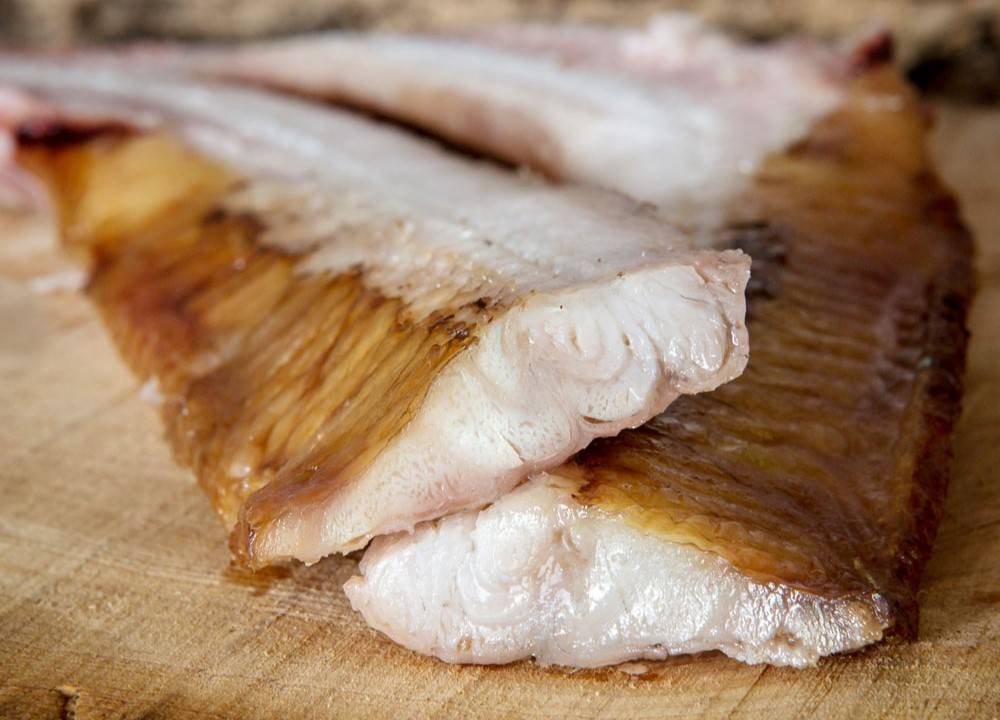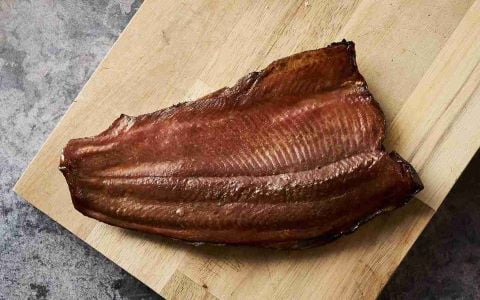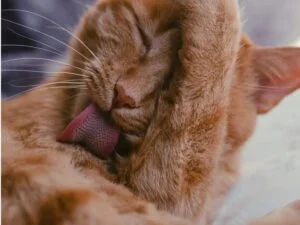Can Cats Eat Eel? (A Complete Guide)

Eel, with its unique taste and texture, has been a delicacy in various cuisines worldwide for centuries. However, as cat owners, we often find ourselves wondering whether our feline companions can also partake in this flavorful seafood. Cats have particular dietary requirements, and it’s essential to ensure that any food we offer aligns with their nutritional needs.
In this article, we delve into the following questions:
- Can cats eat eel?
- Is it safe for them?
- How to safely prepare and introduce it into a cat’s diet?
Eel as a Food Source
Eel, a type of seafood, is rich in nutrients and offers a unique flavor. It’s important to examine its nutritional composition before considering it as a potential addition to your cat’s diet.
Eel is a good source of protein, and it contains essential nutrients such as vitamin B12, selenium, and phosphorus. However, it’s also relatively high in fat, so it should be consumed in moderation, especially for indoor cats prone to weight gain. Eel fat content can range between 10 – 30% (per 100 grams), depending on the type of eel (European, Japanese, American, etc.), and the body parts used.
When comparing eel to other commonly fed proteins like chicken, fish, and beef, it’s essential to keep in mind that variety is key to a cat’s diet. While eel can provide some nutritional benefits, it shouldn’t replace the staple sources of protein in your cat’s meals.
Here is a small table showing some of the important vitamins and nutrients found in raw eels (according to the USDA):
| Name | Value |
|---|---|
| Protein | 18.4g |
| Fats | 11.7g |
| Omega-3 and Omega-6 | (850 + 250mg) |
| Calories | 184 kcal |
| Water | 68.3g |
| Zinc | 1.62mg |
| Potassium, K | 272mg |
| Phosphorus, P | 216mg |
| Sodium, Na | 51 |
| Magnesium, Mg | 20mg |
| Calcium, Ca | 20mg |
| Various other vitamins and minerals | – |
Based on this data, we can make a few important conclusions about Eel, by comparing it other popular (and healthy) options for Cats, such as chicken.
- Eel has 4x the fat content as compared to chicken.
- Eel has 2x the zinc content as compared to chicken (high amount of zinc can cause zinc poisoning in cats)
- Eel has slightly higher water content on average (easier to digest).
- Eel contains about 10% more calories than chicken.
- Eel has a lower protein content than other types of meat (chicken, beef, pork, tuna, etc.)
Some of these facts do not necessary have to be taken as negatives. For example, although a higher calorie and fat content is generally bad, it might be a good idea for a cat looking to gain some weight.
Can Cats Eat Eel?
Now, let’s address the burning question: can cats eat eel? Like most foods out there, the answer is yes, but there are important considerations to keep in mind.
- Raw vs. Cooked Eel: Feeding raw eel to your cat is not recommended due to the risk of bacterial contamination. Cooking eel thoroughly eliminates this risk and makes it safer for feline consumption.
- Seasonings and Additives: Eel dishes often contain seasonings, spices, or sauces that can be harmful to cats. This means that eel meat designed for humans (e.g. in a restaurant) are not suitable for cats. When preparing eel for your feline friend, it’s crucial to avoid any seasonings and serve it plain.
- Eel Bones: Eel bones can be quite delicate and pose a choking hazard for cats. Ensure that the eel is boneless or that all bones are meticulously removed before offering it to your cat.
- Higher than usual metal content: Eel, like many other types of seafood, can contain trace amounts of metals, including both essential minerals and potentially harmful heavy metals. Eels in particular are known for heavy metal contamination, which is a factor to consider when feeding your cat.

Preparing Eel for Cats
If you’ve decided to introduce eel into your cat’s diet, proper preparation is essential to ensure your feline friend’s safety and enjoyment. Here are some guidelines for preparing eel for your cat:
1. Preparing the Eel: Eel bones can be delicate, thin, and potentially dangerous for your cat. Before serving, carefully remove all bones from the eel to prevent choking hazard. Additionally, consider removing the skin, as some cats may find it tough to chew and digest.
Cats have sensitive palates, and they may not appreciate complex seasonings or sauces. When preparing eel for your cat, keep it plain and simple. Avoid adding any seasonings, spices, or sauces that could upset your cat’s stomach.
2. Cooking Methods: Cooking eel thoroughly is the most reliable way to eliminate potential bacterial contamination and make it safe for your cat to consume. You have several cooking techniques at your disposal:
- Baking: Baking eel in an oven can result in a tender and flavorful dish. It allows for even cooking and ensures that the eel reaches a safe internal temperature.
- Grilling: Grilling imparts a smoky and slightly charred flavor to the eel, enhancing its appeal. Just be sure to monitor the cooking process closely to prevent overcooking or burning.
- Steaming: Steaming eel is a gentle cooking method that retains its moisture and tenderness. It’s an excellent option for cats with sensitive palates.
- Boiling: Boiling eel can be a simple and effective way to cook it thoroughly. Ensure that it reaches a safe temperature before serving.
It’s advisable to steer clear of frying, as excess oil can be challenging for your cat’s digestive system. Eels already have a higher than usual fat content, so need to add any more than necessary.
3. Serving Eel: For the reasons mentioned earlier, we do not recommend eel as a full meal substitute. Instead, it is a good choice as an occasional cat treat between meals, or you can choose to mix it up with other protein sources (e.g. chicken) to get the best of both worlds. For example, a blend of chicken and eel offers a well-rounded nutritional profile.
Regardless of your serving method, be sure to cut up the eel into small bite-sized pieces for your cat to ensure easier digestion, and prevent any possible choking hazards.
Whenever you introduce a new dish to your cat, keep a close eye on it for the next few hours to make sure there are no adverse effects. Cats can have varying sensitivities to new foods, so their response can vary.
Alternative Protein Sources
While eel can be an intriguing addition to your cat’s diet, it’s important to maintain variety to ensure your cat receives a well-rounded nutritional profile. Here are some alternative protein sources that you can consider alongside or instead of eel:
- Chicken: Chicken is a staple protein source for many cats. It’s lean, protein-rich, and usually well-tolerated.
- Fish: Fish, such as salmon or tuna, can be a good source of omega-3 fatty acids. However, be cautious with fish due to potential mercury content. It’s best as an occasional treat.
- Beef: Lean beef can provide essential nutrients like protein and iron. Cooked beef without added seasonings is a suitable option for cats.
- Turkey: Turkey is another lean protein source that can be a healthy addition to your cat’s diet.
- Rabbit: Rabbit meat is a novel protein source that some cats may enjoy. It’s lean and protein-rich.
- Venison: Venison is a game meat option that can provide variety in your cat’s diet.
- Commercial Cat Food: High-quality commercial cat foods are formulated to meet a cat’s nutritional needs. Look for options that list a high-quality protein source as the first ingredient.
Conclusion
Eel, with its unique flavor and nutrient profile, can be a delightful addition to your cat’s diet. However, as responsible cat owners, we must strike a balance between offering culinary diversity and ensuring our feline companions enjoy a healthy and balanced diet that supports their well-being.


